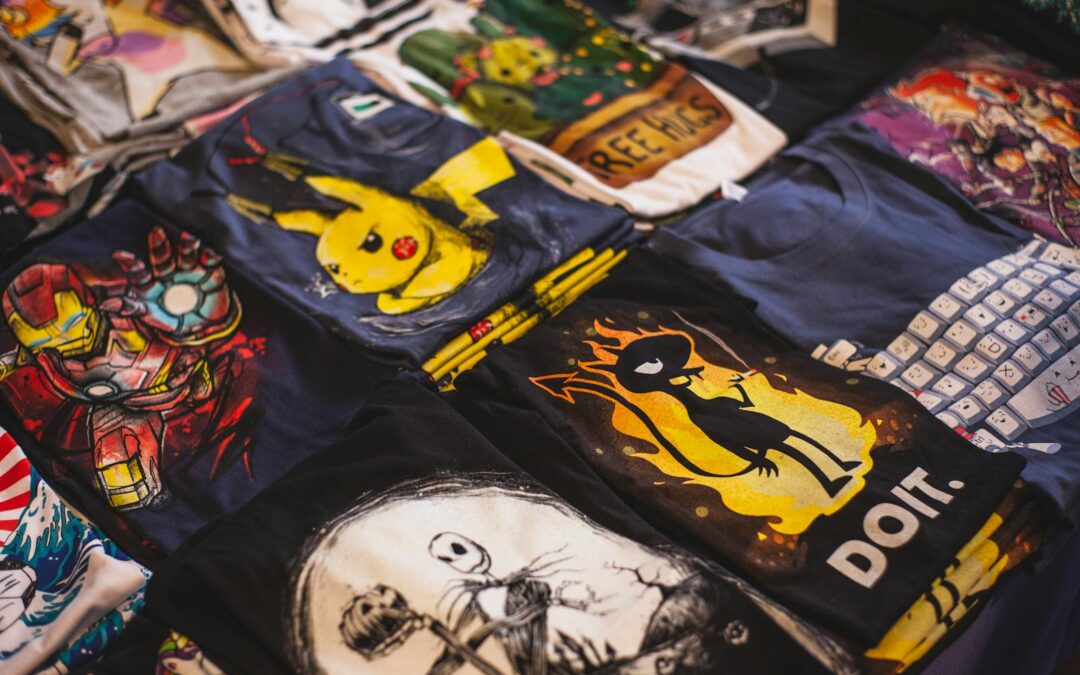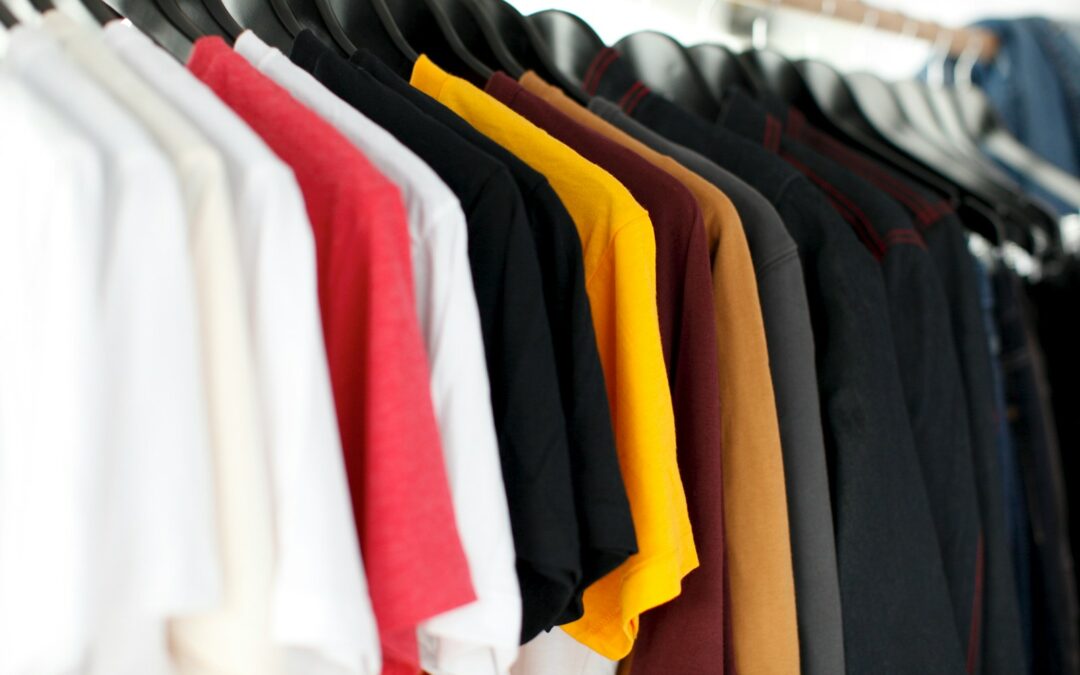There is a new printing technology that is making waves in the printing industry, and it is called DTF, or direct-to-film. DTF printers print directly onto film, which eliminates the need for plates. This results in faster turnaround times and lower costs. In this article, we will discuss what DTF printers are, how they work, and the pros and cons of using them. We will also provide tips on how to use DTF printers effectively.
What Is A DTF Printer?

A DTF printer is a digital printing device that prints directly onto a thin, flexible plastic film. DTF transfer printing is a printing method in which the ink is transferred from the print head to the film. This type of printer uses inkjet technology to print images and text onto the film. This eliminates the need for plates, which results in faster turnaround times and lower costs. This type of printing is perfect for producing high-quality prints for packaging, signs, and labels.
DTF printers are becoming increasingly popular in the commercial printing industry because they offer a wide range of benefits over other printing methods.
How Do DTF Printers work?

DTF printers work by jetting ink onto a thin film. The ink is then cured with UV light, which helps the ink bond with the film. This type of printing is fast and efficient, and it produces high-quality prints that are resistant to fading and scratching. For example, The DTF-24H2 produces brilliant digital transfer sheets, handling everything from single-color shirt labels to left chest logos to full-size prints.
The DTF printer uses PET transfer film, which is translucent, so you can see the design underneath the film when you later heat-press it onto the garment. The PET film has a thickness of around 0.75mm, which allows for better transfer characteristics. DTF inks are also thinner than traditional plastisol inks, so they dry quickly on the transfer film.
One fantastic aspect of this method is that the white ink layer is printed simultaneously with the color graphics, which means that there is no need for a separate white layer. This cuts down on printing time and ink costs. This feature makes it a very simple alternative compared to other types of digital printing.
If you are working with DTF printers, it is important to note that the valid format file types are PDF, EPS, AI, and TIFF. Also, use high-quality inks that are specifically designed for this type of printing. Using the wrong type of ink can result in prints that are susceptible to fading and scratching.
The Pros And Cons Of DTF Printers

There are many pros and cons to consider when deciding if DTF printing is the right choice for your project.
Pros:
- With this machine, you’ll be able to print quicker than with a DTG or White Toner printer and on almost any kind of material.
- Double Print Head technology or dual print head design allows for faster printing with fewer errors.
- DTF printers are fast and efficient. They can print large format prints quickly and easily. Today most automatic screen print shops have abandoned screen printing in favor of DTF because of this.
- DTF transfer printers produce high-quality prints that are resistant to fading and scratching.
- DTF printers are simple to use. You can print directly from PDF, EPS, AI, and TIFF files.
- DTF printers are less expensive than other types of printing, such as traditional screen printing.
Cons:
- DTF printers require specific inks that can be costly.
- DTF printers are not as widely available as other types of digital printers.
- DTF prints can be susceptible to smudging if they are not handled properly.
Requirements For Direct To Film Printing

If you are considering DTF printing, there are a few requirements that you will need to meet.
DTF Films
DTF printers require a specific type of film that is thin and flexible. It’s the surface on which you print your design. This type of film is generally made from polyester or vinyl.
These are typically known in the market as DTF Transfer Films. DTF films are available in the form of Cut Sheets (which can be used for small-scale use) and Rolls (used with a commercial setup). Another classification of DTF films is based on the type of adhesive they come with. DTF films are available with both water-activated and pressure-sensitive adhesives.
Inks
DTF printers use special inks that are designed specifically for this type of printing. These inks are unique pigments designed in Cyan, Yellow, Magenta, White and Black colors. The white ink is the basis for your print, while the colored pigment creates the design on the film. These inks are known as DTF Inks or UV Curable Inks. DTF inks are cured with UV light, which helps the ink to bond with the film.
Printer
DTF printers are not as widely available as other types of digital printers. You may need to contact a commercial printing company that specializes in this type of printing to get your project printed.
Hot-Melt Adhesive Powder

DTF prints must be laminated with a clear film to protect the print. This is done using a process called hot-melt lamination. A powder is used to adhere the laminate film to the DTF print. The powder is melted using a heat press and then applied to the print. The DTF powder adhesive is moisture-seeking, so it draws itself into the ink of the print and chemically bonds to form a strong permanent adhesive that sticks extremely strong to both cotton and polyester fibers.
There are different grades of the DTF hot melt powder that are specified in microns. The lower the micron, the finer the powder and the smoother the finish.
Softener
DTF prints are often used for outdoor applications. To ensure that the DTF print can withstand the elements, a softener is added to the DTF laminate. This softener helps to make the DTF print more flexible and less likely to crack in cold weather.
Software
DTF printing requires the use of specific software to design your print file. This software is generally available from the DTF printer manufacturer.
Software is integral to the DTF printing process, as it heavily impacts print characteristics, the color performance of inks, and final fabric print quality. To get started with DTF printing, you will need to purchase a DTF printer and the associated software. Depending on your desired goal for your prints, the ink levels may need to be adjusted through software in order to produce better results.
Curing Oven
DTF inks are cured with UV light. A curing oven is used to expose the DTF print to UV light, which helps the ink bond with the film.
Curing ovens come in a variety of sizes, from small desktop models to large industrial-sized models. The size of the curing oven will depend on the size of the DTF printer.
Heat Press Machine

The heat press machine’s key function is to transfer an image from film onto fabric. It is used to apply the DTF laminate to the print. The laminate is placed on top of the DTF print and then heated using the heat press. The heat activates the adhesive on the DTF laminate, which bonds it to the print.
Automatic Powder Shaker
The automatic powder shaker is used to apply the DTF hot-melt adhesive powder to the DTF laminate. The powder is melted using a heat press and then applied to the print.
The automatic powder shaker evenly distributes the powder over the surface of the DTF laminate. This ensures that the DTF print is properly laminated.
DTF Cutting Plotter
The DTF cutting plotter is used to cut the DTF print into the desired shape. The DTF cutting plotter uses a blade to cut the DTF print.
The DTF cutting plotter is a specialized type of vinyl cutter that is used to cut DTF prints. It is important to use the correct DTF cutting plotter blade to avoid damaging the DTF print.
Basic Steps To DTF Printing
If you are considering DTF printing, there are a few basic steps that you will need to follow.
1. Choose your design: You will need to create a design that can be printed on DTF film. This can be done using a graphic design program like Adobe Photoshop or Illustrator.
2. Print on film: Once you have your design, you will need to print it onto DTF film. This can be done using a DTF printer.
Insert the PET film into the printer trays instead of using regular paper. First, print an entirely white image on the PET film. After that, use the right color settings in your printer to print the required image over top of the white layer–but make sure that you mirror-image your actual design first!
3. Melt the adhesive powder: Next, you will need to melt the DTF hot-melt adhesive powder. This can be done using a heat press.
4. Pre-pressing: Once the adhesive powder has melted, you will need to pre-press the DTF laminate. This helps to remove any wrinkles or bubbles in the laminate.
5. Transfer: Now, you are ready to transfer your design from the DTF film to the fabric. This is done using a heat press.
6. Peel: You will need to peel off the DTF film from the fabric. This can be done by hand or with a DTF cutting plotter.
7. Post-pressing: Finally, you will need to post-press the DTF print. This helps to set the ink and ensures that the DTF print is properly bonded to the fabric.
Other Necessary Tips For Using A DTF Printer

1. Do your research! DTF printing is a specialized process, and you will need to make sure that you are using the correct equipment and supplies.
2. Make sure that your workspace is clean and free of dust. DTF film is delicate and can be easily damaged by dirt or dust.
3. Make sure that your design is created at the correct size and resolution. DTF prints need to be at least 300 dpi (dots per inch) in order to be printable.
4. DTF films are available in a variety of colors, so you can choose the color that best suits your design.
5. Be careful when handling DTF film. It is easy to accidentally damage the film.
6. DTF prints need to be properly laminated in order to protect them from UV light and abrasion.
7. DTF prints can be applied to a variety of different fabrics. However, some fabrics are better suited for DTF printing than others. Cotton and polyester are two of the best fabrics for DTF printing.
8. DTF prints can be cut into any shape. However, it is important to use the correct DTF cutting plotter blade to avoid damaging the DTF print.
9. DTF prints need to be properly heat-pressed in order to bond the design to the fabric. Improper heat pressing can result in poor bonding or even complete failure of the DTF print.
Bottom line
DTF printing is a specialized printing process that requires the use of specific equipment and supplies. It is important to do your research and make sure that you are using the correct products in order to avoid damaging your DTF print. Following these tips will help you successfully create high-quality custom DTF transfer prints.




